London Natural History Museum Scavenger Hunt Deck
2011 – (See Cards | Deck Info | Download)…
The Natural History Museum, London Deck contains SPECIES cards of organisms that can be found on display at the museum. Note that this also includes some organisms represented as art (such as those on the ceiling of the Central Hall), as well as live specimens found in the garden. There is also one card that can only be found at NHM’s sister museum, the Natural History Museum at Tring. Also included in the deck are some EVENT cards that are depicted in their exhibits. These cards were highlighted in the Museum’s magazine (Second Nature – see article)

Lion
Panthero leo

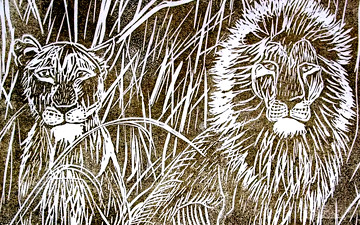
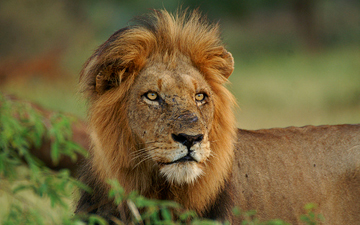
10 POINTS
Play: Leo panthera has a MOVE of 2.
Fact: A unique characteristic of both females and males is that the tail ends in a hairy tuft, which often conceals a hard “spine” or “spur”. The function of the tuft and spine are unknown.

Raccoon
Procyon lotor

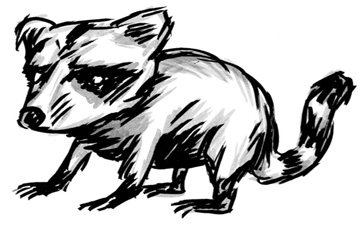
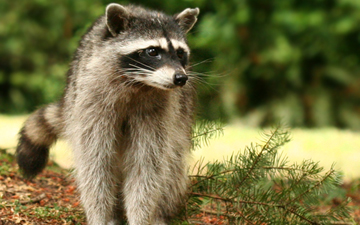
1 POINTS
Play: Procyon lotor has a MOVE of 2 and can be an INVASIVE species of Mammalia cards of identical scale and food chain rank.
Fact: Studies on raccoon memory showed they can remember the solutions to tasks for up to three years.

Red Panda
Ailurus fulgens

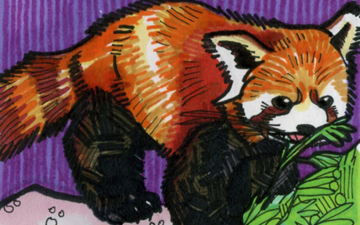

4 POINTS
Play: Ailurus Fulgens has a MOVE of 2.
Fact: Ailurus Fulgens is often referred to as the “cutest animal on the planet.”